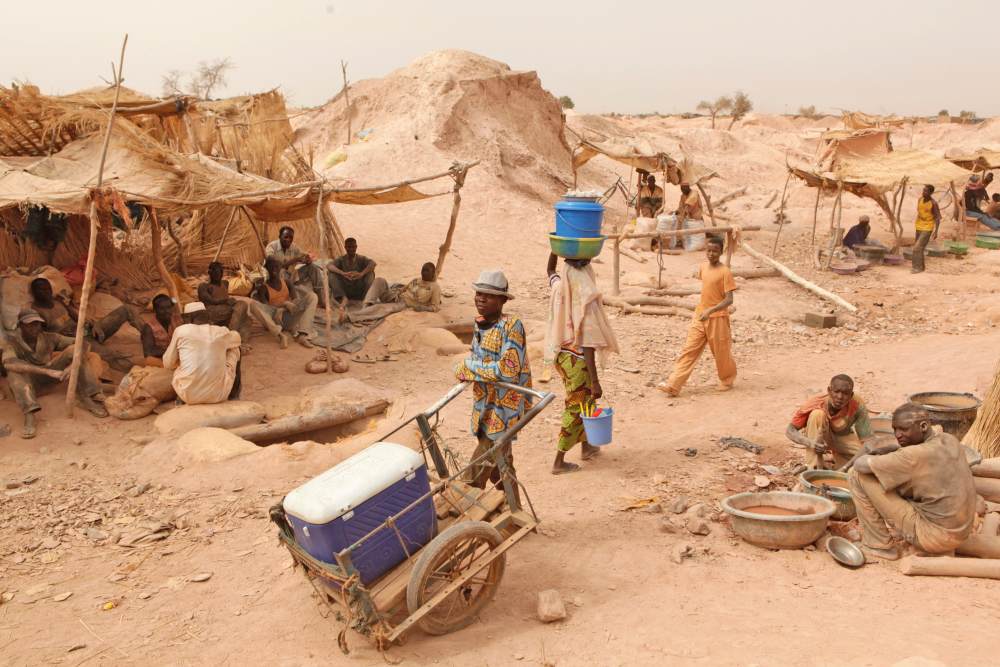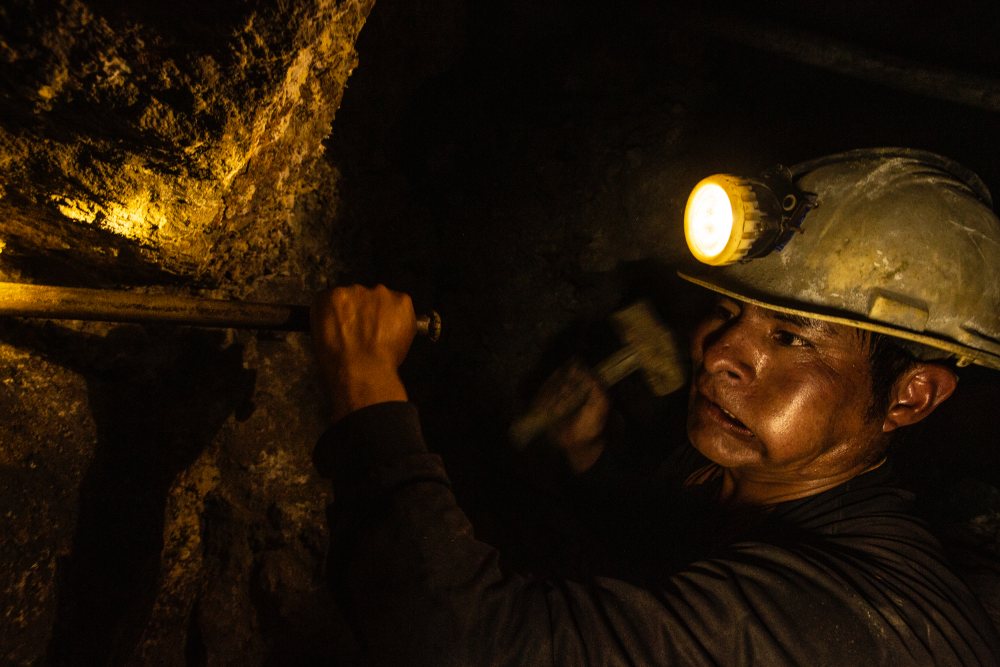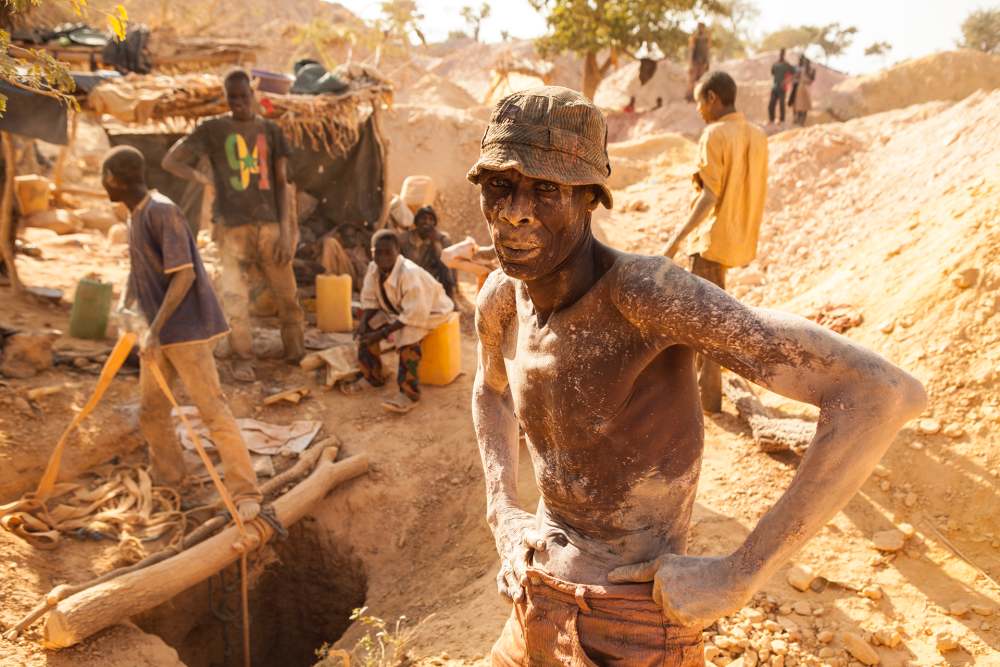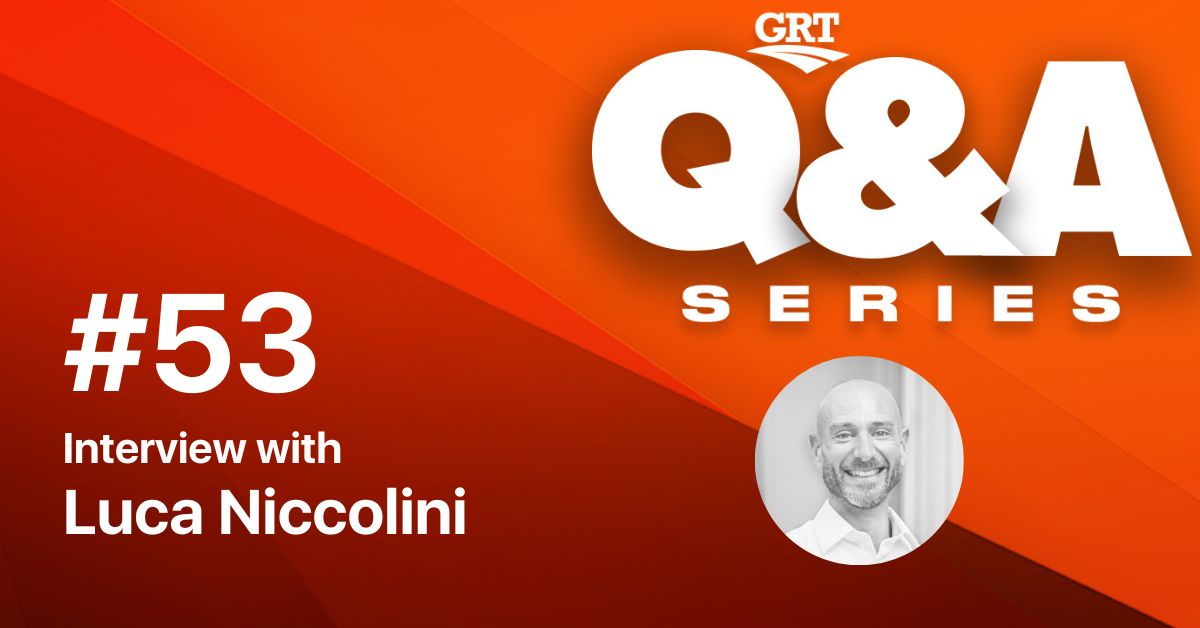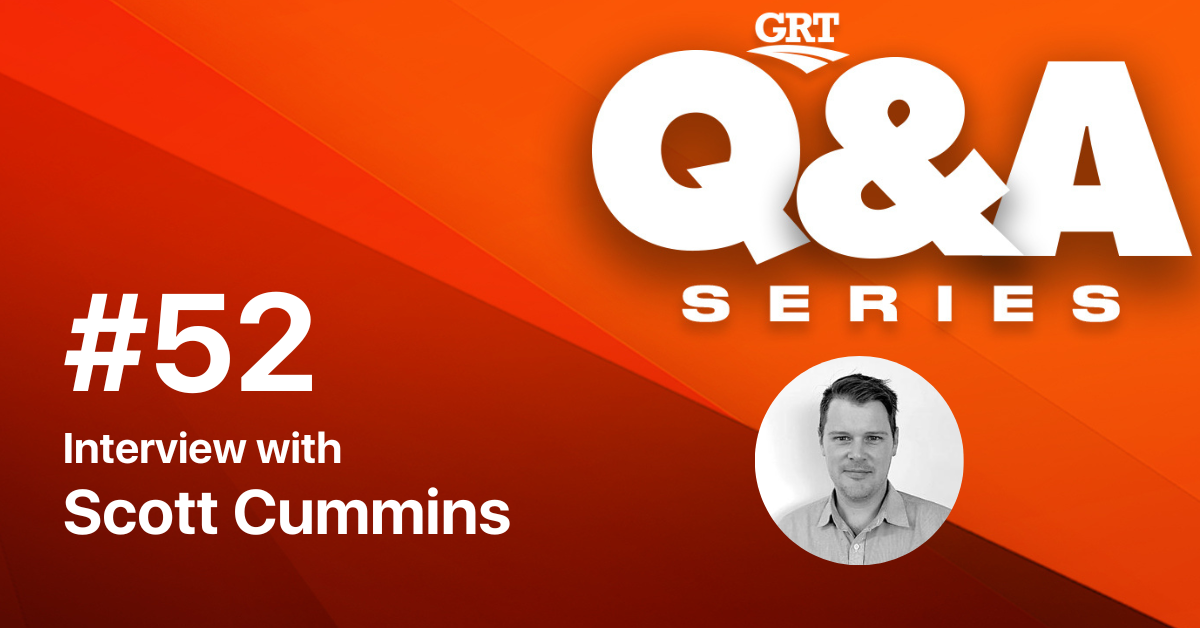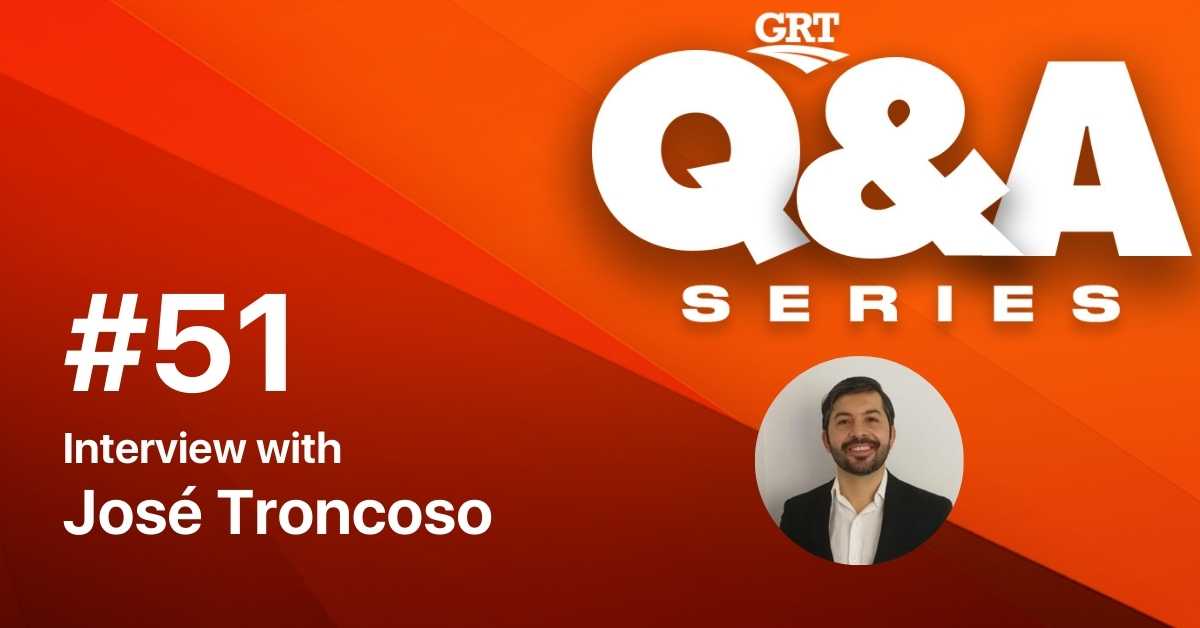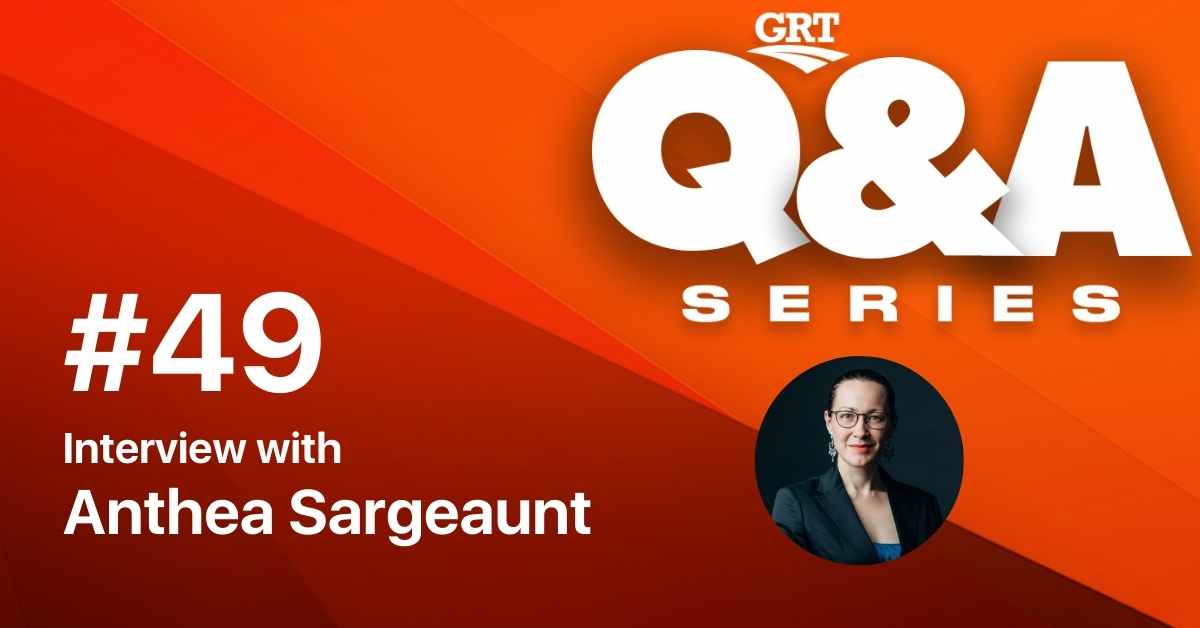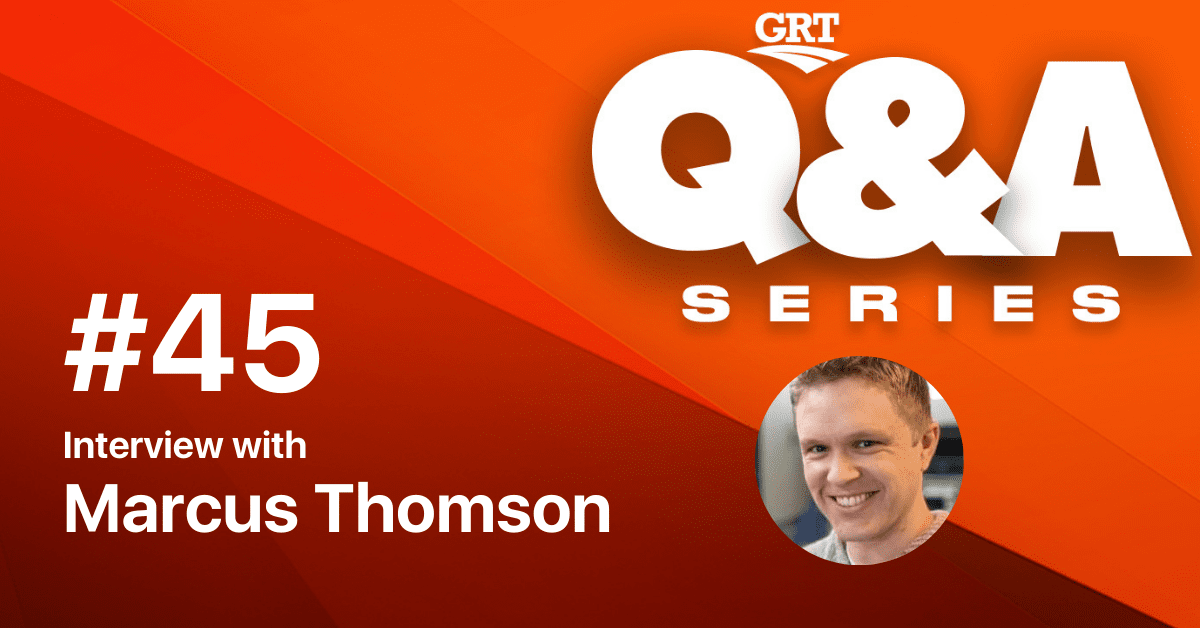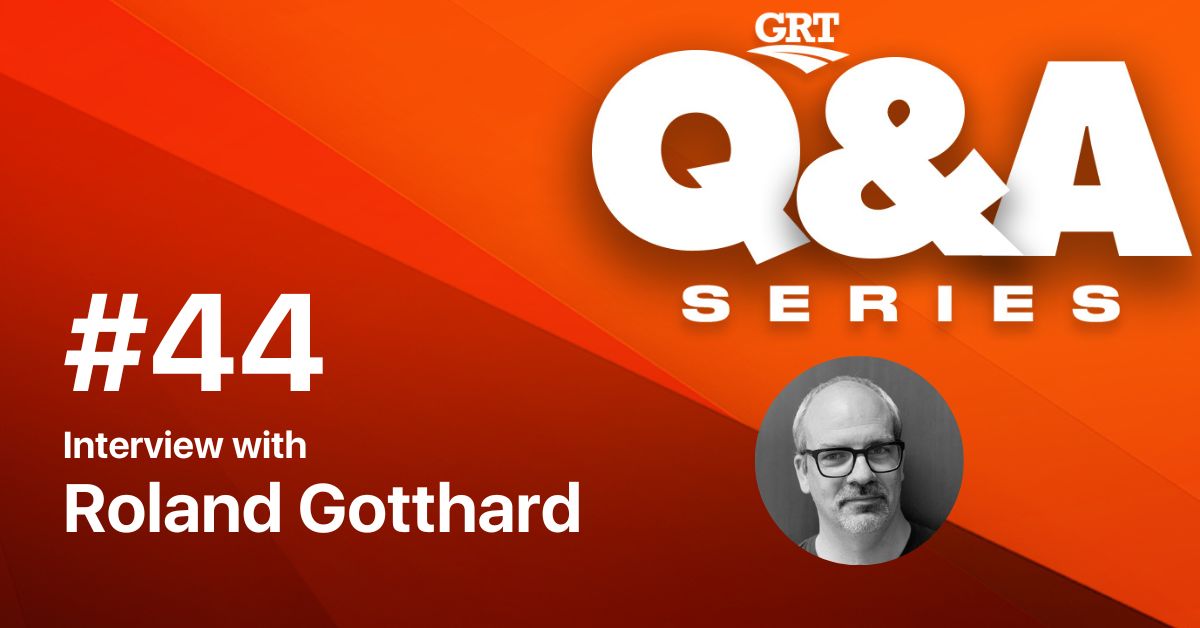GRT Q&A SERIES #50: Hugh Brown (Special Feature)
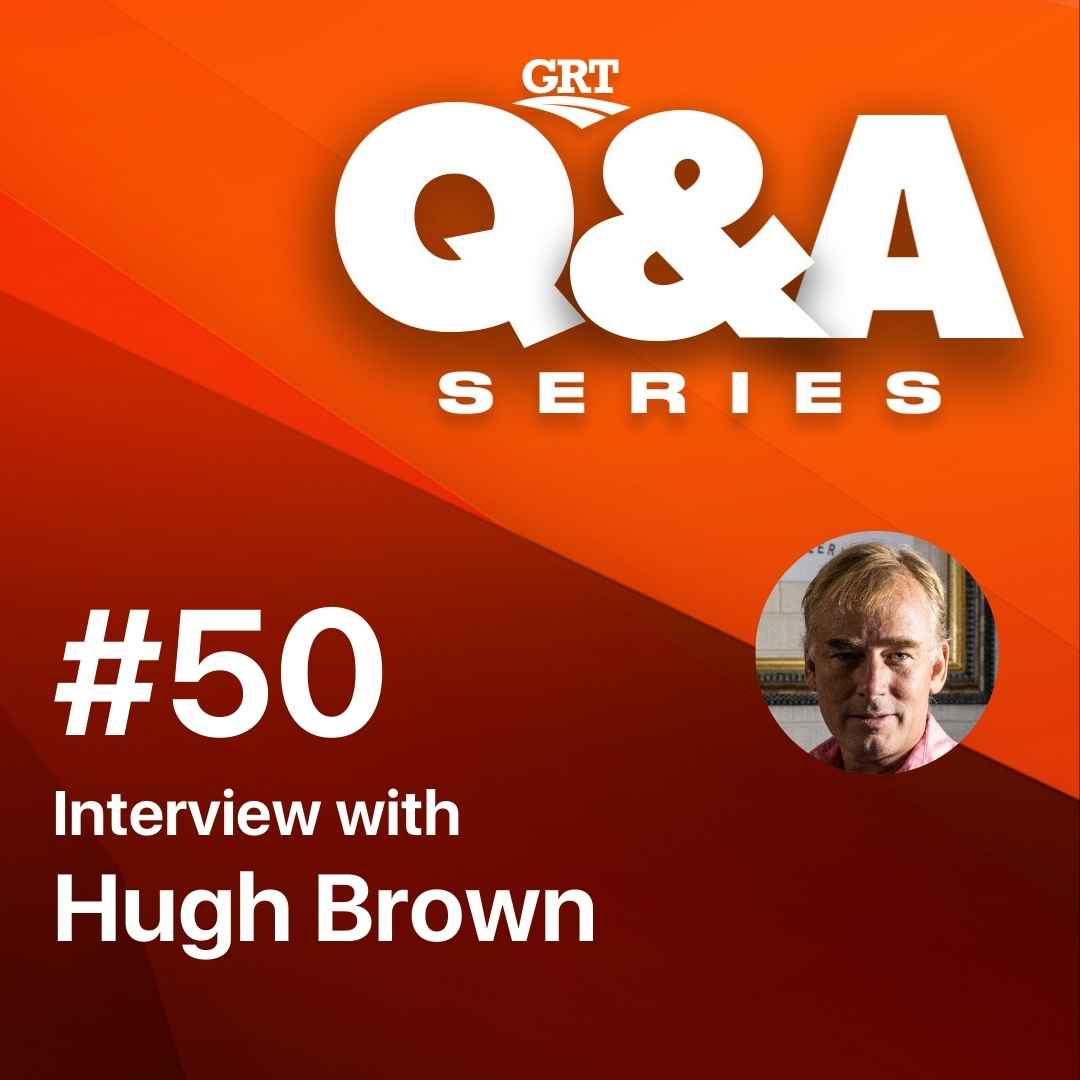
About the guest
Mr Hugh Brown is best selling documentary photographer. He has devoted the majority of his career to the mining industry with a passion to give the world’s poorest miners a voice and platform to be heard. Hugh Brown has photographed large-scale mining around the world in his illustrious 30-year career. He has captured the realm of mining in Africa, India, China, Russia and Australia. His ‘Garimpeiros Project’ gives an insight into the lives of the world’s poorest miners, many of whom provide raw materials for use in our jewellery, smartphones and electric vehicles.
In celebrating our 50th GRT Q&A Series, we mark this milestone with a thought-provoking conversation with documentary photographer, Hugh Brown. The GRT Q&A Series has become a one-stop place to find out more about different thought leaders, business leaders, mining professionals, and health and safety practitioners among many other guests that we have had in the past few months. We look forward to celebrating the 100 GRT Q&A Series soon, but for now, we say thank you to everyone that has been part of this journey, we are this successful because of the time and effort you took to make the GRT Q&A Series a success. For now, let us sit back and learn more about Hugh Brown and his life story. Enjoy.
Q1) Hugh Brown. Who are you?
I’m a documentary photographer that fell into my craft rather than aspired to it. It had never been on my radar until 1998 when I left my job in strategy consulting and moved to the Kimberley region in Western Australia’s far northwest. On arrival, I was worried I would get sucked back into my old career wearing a suit and so made the most of every minute I was there. The camera came everywhere I went – the Kimberley is one of the most spectacular places in the world – and eventually I made the decision to give things a crack.
Funnily enough, I don’t love photography per se. But I do love the worlds it takes me into. The people I meet. The cultures I immerse myself in. And the learnings I take away. And so I love all of that. I work harder now than I ever did in consulting but I love all of what I do. Too many people in life aspire to some state of nirvana. But the reality of life is that 99 per cent of it is the grind. Whether you be a professional musician or an athlete or anyone else elite in your field. And if you can love that grind then you are doing pretty well. And I love that grind. I couldn’t see myself doing anything else.
But it is not just about loving the grind or gaining for self. For me, it is about making an impact. Because we all need to have a purpose that drives us. In my case, it’s not money. It’s about doing something meaningful so that I help leave this planet in some small way that is better for me than having been here.
Q2) What is your connection to mining?
I’ve been working now for 30 years almost, and mining has been a constant thread throughout my career. At university, I did an internship at BHP and then my jobs in consulting had me working largely on mining clients. And then when I moved to the Kimberley region I was involved in mining again. First through the Kimberley and then across into the Northern Territory and then into Queensland. Funny how we have these sliding door-type things happen.
When I became a photographer mining was a natural fit and one of my first major gigs was with a guy called David Flanagan who led a company that was then employing only four people to become a company with a market cap of US$3B. It was incredible growth and they became a client for 15 or 16 years or so. I still do work for him to this day.
Over the journey, I’ve now photographed large-scale mining around the world. In Australia, it has mainly been here in the west but I’ve been fortunate to work in many different commodities and across almost all aspects of the value chain. Internationally I’ve worked extensively in Africa and India, Southeast Asia and also in China and Russia.
I love capturing the history of mining as it happens. Photographing long-serving employees. Taking down their stories. I really get off on that. You can learn so much from them and the stories are rich and invigorating.
My major project right now is photographing the world’s artisanal miners. Men, women and children that mine literally with their bare hands in over 100 countries around the world. There are estimated to be at least 40 million directly engaged in this activity mining a large variety of commodities ranging from aggregates and building materials (think people breaking stone by hand) to precious metals such as gold and silver and then semi-precious gems. One of the most interesting “commodities” mined artisanally is mammoth tusk but I can’t get back there this year because I’ve been told I’ll likely be put in jail as a spy.
Q3) What made you focus on telling the story of the artisanal miners?
Initially, it was because of my visual fascination with what they do. It reminded me of photos I’d seen from developed world goldrush times back in the 1850s. More recently it’s been about seeing that they get a fair deal because I really feel that they are being treated badly and judged unfairly by those with more money.
Q4) Why is artisanal mining so important?
ASM employs 40 million people directly and 240 million people indirectly around the world. To put that into context those 280 million people represent nearly four per cent of the world’s population and over 10 per cent of the Third World working population. It’s a staggering number.
We human beings love fads and globalisation has been one of these fads that so many have latched onto without questioning the benefits. In nearly every case there are winners in globalisation and there are losers. And as with anything the powerful tend to write the rules and always in their own favour and with no consideration to the world’s poorest. And for too long the world’s powerful have been screwing over the world’s less fortunate. Something which continues to this day.
Q5) Why has artisanal mining suddenly become so topical?
When I first started photographing artisanal mining back in 2006 no one even knew what it was, save for some crusty geos and exploration companies working in the developed world. And when I decided to do a book back in 2010 I had no idea how I was even going to get the first shoot away let-alone finance, shoot and then finance the production and marketing of a book. I just got started. It felt like something important to do even if, back then I had no concept as to why.
In 2010 the Obama administration bolted on section 1502 to the Dodd-Frank Act which, in general terms required SEC-listed companies to report on supply chain risks vis-a-vis human rights and conflict minerals in the Great Lakes region of Central Africa. A seemingly noble objective. This, in many respects, became the birthplace of the responsible sourcing movement so far as they relate to the extractives industry (ie, mining). The OECD followed their due diligence guidelines circa 2013 and 2016 and then the EU released draft legislation in 2017 which came into law on 1 January 2021.
The Obama legislation was poorly drafted and thought through but it set the ball rolling. The OECD due diligence guidelines have since become largely a de facto standard throughout the mining industry such that it “requires” companies to adopt a due diligence approach in reporting on whether there are risks in their supply chains with respect to a range of different issues from things such as conflict minerals to human rights abuses, forced labour and whatever else. Again seemingly noble. And I say “require” in inverted commas because the OECD guidelines are themselves voluntary unless brought into law by sovereign nations or states or unless mandated by key industry bodies such as the LBMA or the LME.
Q6) But you’ve got another take on why artisanal mining is currently such a hot button around the world. What is that?
I personally think there is much more to this whole discussion than what the policy-makers are telling us all. It’s a really murky area.
Major orebodies across most commodity lines are getting harder and harder to find. Frank Giustra said recently that the world found twice as much gold in a single year in 1990 as it did in the decade from 2010 to 2010. And then I saw other numbers in relation to copper that tells a similar story where it is said that no supergiant deposits (greater than 50 million tonnes) have been found in the past 25 years despite the cumulative exploration spend having been exponentially greater in the past 15 years than at any other time in our history. In the next 26 years, it is said we will require more copper than has been produced in our entire human history.
It’s my view that responsible sourcing is being used as a tool by the rich countries to get rid of the artisanal miners so that the large-scale guys can get in and pull the metals out. Crazy, some will say, but the reality is that there are only five Greenfields frontiers left for mineral exploration: the marine environment (think the ocean floor and below), the wilderness regions (think the Amazon or the jungles of Central Africa), the polar regions, outer space and then finally the Third World.
Of these, the Third World is by far the easiest to negotiate. And it is there that most of the world’s artisanal miners are to be found.
Just last year I spoke with a European NGO working to supposedly better the lives of artisanal miners in West Africa. When I prodded my interviewee gently she volunteered that they were really there to secure battery minerals for their burgeoning electric vehicle industry. Her words, not mine. So that’s one reason why I’m sceptical.
Q7) You have a problem with this whole concept of responsible sourcing. Why is that?
Responsible sourcing as a concept is a ripping idea. Choose where we source things to eradicate standards of behaviour that are not acceptable in the 21st century. But it’s about there that the whole thing tips over. Because western standards of doing things are very very different to standards that prevail in the first world. Largely because we have the indulgence of time and our (relatively) massively greater wealth. Most of us simply haven’t ever had to truly scratch around just to feed ourselves and stay alive. Our value sets are completely different.
What is not right is that we have people from the world’s wealthiest one per cent (the developed world) and in the top part of Maslow’s Hierarchy of Needs pyramid trying to dictate how people in the bottom part of Maslow’s pyramid (the world’s poorest) should be living their lives. We are trying to say to people – most of who are simply trying to make better lives for themselves and their families – that they can or cannot do activities that offer them the opportunity to climb out of their station as some of the world’s poorest circumstances.
And this is only one of many many problems. Another of which includes the fact that most of the billions of dollars currently being spent on responsible sourcing due diligence around the world are going on white suits and consultants from the developed world. 95 per cent of the money being spent is going on those people and maybe five per cent, if we are lucky, is actually reaching the miners on the ground. It is crazy. And if it were a charity we were talking about where 95 per cent of the spending went on administration we almost certainly would shut it down.
Q8) So what, in your view, is the solution for improving the station and lives of these miners?
I would have zero hesitation in shutting down artisanal mining around the world if one condition was satisfied. And that condition would be that we gave these miners equal paying alternatives to go to.
But that is not happening. Much of what has taken place as a result of things such as the OECD due diligence guidelines and the EU CAHRA legislation is that companies have become spooked by being involved with artisanal mining as a result of the reputational or legal risk or a combination of both. This has led to some companies seeking to eliminate the artisanal mining-supplied products from their supply chains. Which in turn puts people out of work and fighting even harder to survive than when they were mining.
In my view, the only solution to this problem is the injection of foreign capital into the world’s poorest countries through investment in private sector downstream processing or manufacturing or whatever else. Large-scale mining, while much more efficient than artisanal mining, will never be able to pick up even a fraction of the world’s artisanal miners so the investment I talk about will need to come from other sectors.
And therein lies much of the problem. The last thing the developed world wants is for locally domiciled companies to be investing in foreign countries. The developed world wants its companies to stay at home. And this problem is likely to be exacerbated with the rapid uptake of AI which is forecast to lead to a repatriation of expatriate companies to their companies of origin. The reason being AI reduces labour which then in turn decreases the cost advantages that come with operation offshore in third-world countries.
Q9) What are some of the most positive features of artisanal mining?
ASM is far from perfect as we keep hearing. But the reality is that it is a huge employment generator in the Third World and a huge player in the stability of these poorer countries. An employed population is generally a happier population than those countries where people are not employed I would have thought. It also gives the ASMs opportunities to acquire skills they would not otherwise get if ASM didn’t exist and it generates incomes for them that are more substantial than if they worked in the fields and the farms. It’s also beneficial to the extent that most of the country generated by ASM stays in the country.This is not the same in the case of large-scale miners.
Q10) How can we learn more about your work?
If you’d like to support Hugh in this important work, please click here. He’d love your support: https://hbrownofficial.com/msp
Or if you’d like to follow Hugh’s work he is active on these two platforms:
LinkedIn: https://www.linkedin.com/in/hugh-brown-37a73132/
Facebook: https://www.facebook.com/HUGHBROWN9/
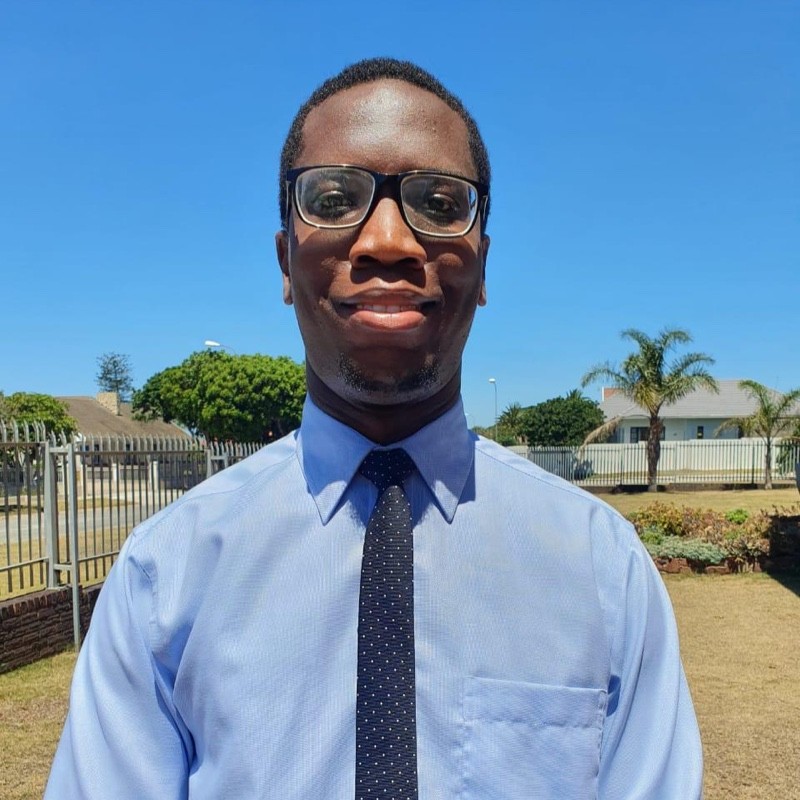
Keith Nare
Technical Head of Communications for GRT, Keith leads GRT's content strategy across various platforms, whilst coordinating internally to build the voice and opinions of the GRT team. Keith is a product of Nelson Mandela University and his PhD work focuses on Polymer and Physical Chemistry. He was a Research Associate at SANRAL in South Africa and later spent time as a Visiting Research Associate to NTEC at the University of Nottingham in the UK. He is a former Director of Communications for CALROBO in the USA.
Keith is passionate and enthusiastic about health and safety, sustainability, networking and finding synergy through conversations.
Troy Adams
Troy Adams is the Managing Director of Global Road Technology (GRT) Specialising in Engineered Solutions for Dust Suppression, Erosion Control, Soil Stabilisation and Water Management. A pioneering, socially conscious Australian entrepreneur, Troy Adams is passionate about health and safety and providing innovative solutions that are cost-effective to the mining industry, governments and infrastructure sectors. Troy is also a tech investor, director of companies like Crossware, Boost, Hakkasan, Novikov and more.
